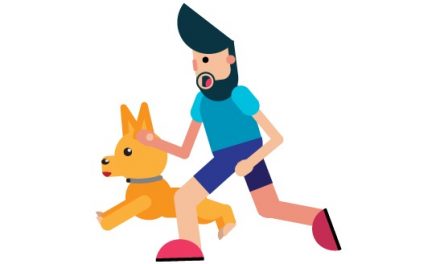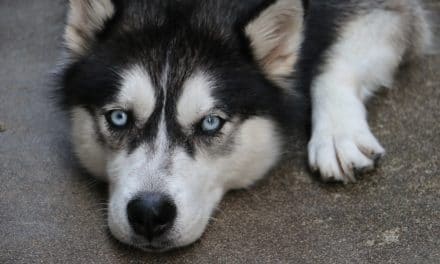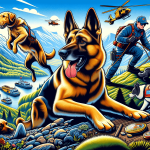The Large Munsterlander dog breed is known for its elegant gait and steady drive and movement. These dogs have broad, dignified heads and a long, dense white coat flecked with black patches. Rare dogs have a brown coat.
- Dogs have dark, heavy-lidded eyes, round-tipped ears, and a scissors bite.

Grote Münsterländer by MJ Klaver from Flickr is licensed under CC BY-SA 2.0.
Temperament
- Large Munsterlanders are cheerful, intelligent, courageous, and obedient animals. They are ideal family animals and highly trainable. Loyal and friendly, Munsterlanders have a habit of refusing to let their owners out of their site in the field.
- Dogs do not like to be left alone and may become upset or destructive when left at home or in a car; many owners choose to use indoor kennels when at work.
- Large Munsterlanders love to retrieve and are excellent with other dogs and children, but may try to attack small farm animals and will chase down every bird and small animal in their paths unless trained to do otherwise.
- This family dog needs requires consistent companionship.
Height and Weight
- Adult dogs 23-25.5 inches tall and weigh around 50-70 pounds.
Living Conditions and Exercise
- The Large Munsterlander dog breed does not do well in apartments; they do best with a large yard for daily play. Owners say Munsterlanders have three modes: sleep, work, and play – when not working, dogs should have a bone or toy to play with.
- These dogs require a daily jog or brisk walk and 20-30 minutes play sessions twice a day. They do best with owners who enjoy being outside.
Life Expectancy
- Well-cared for dogs can be expected to live 12-13 years.
Grooming
- Females have a shorter coat that needs little more than a brushing every few days. Males, with their longer coats, may need brushing every other day.
- They are average shedders most of the year, but are often heavy shedders in the early spring.
History
- The Large Munsterlander dog breed evolved from the Small Munsterlander in the 1800s.
- Large Munsterlanders were initially developed as all-purposed hunters with exceptional skills in retrieving, pointing, tracking, and ability to work tirelessly in all weather and terrains and in the water.
- Most popular in Canada, England, and Germany, these dogs are enjoying increasing popularity across the globe.
Group and Recognition
- Grouping: Gun Dog
- Recognition: CKC, ACR, NKC, APRI, FCI, KCGB, ANKC, LMCNA, NZKC













